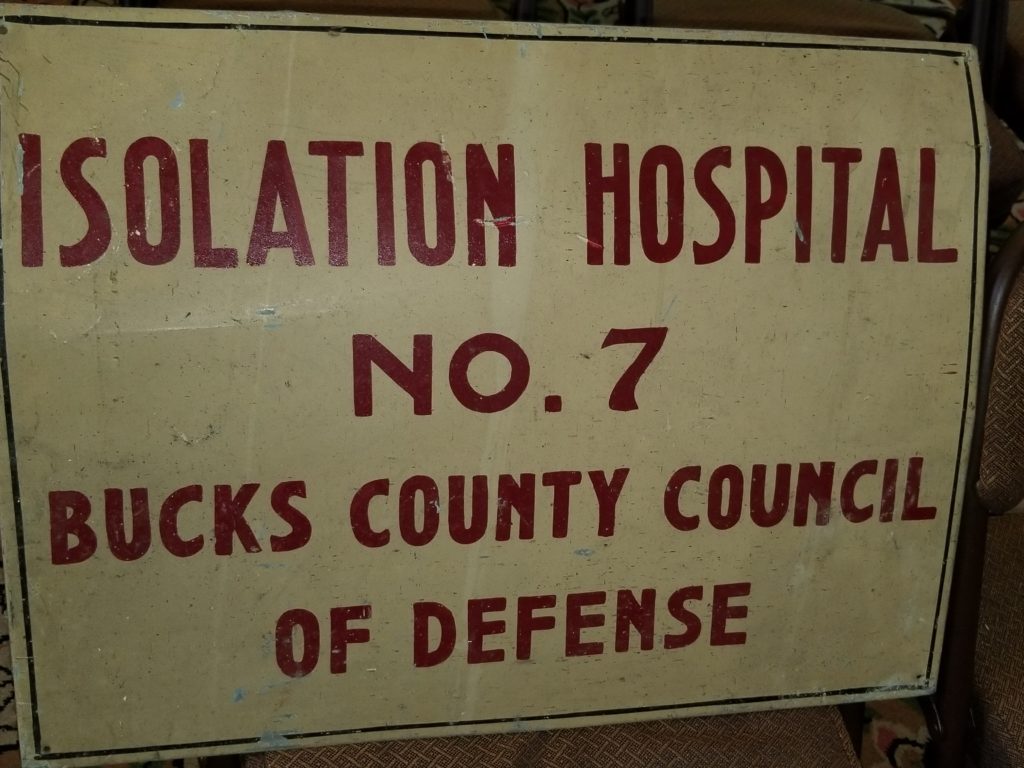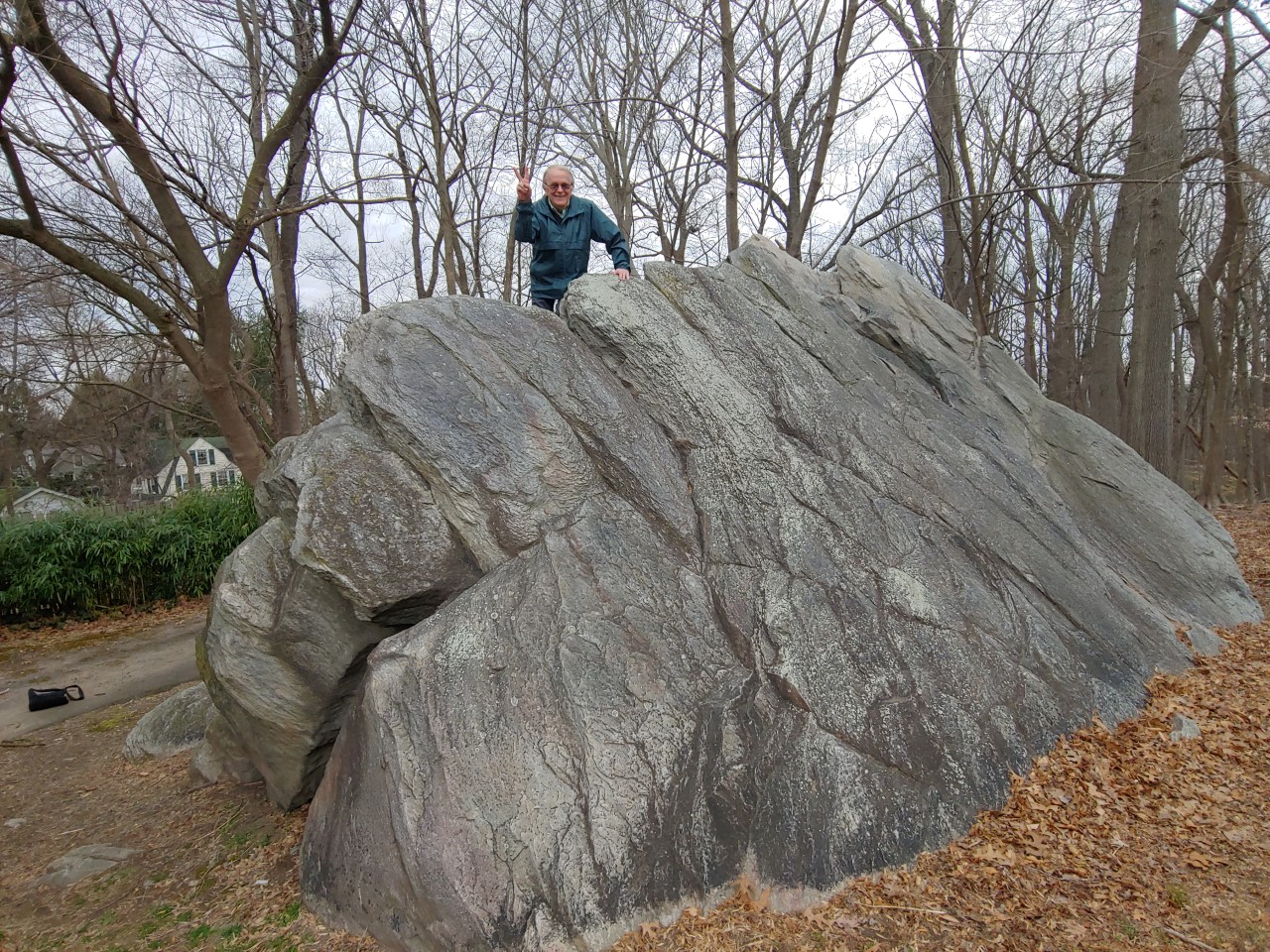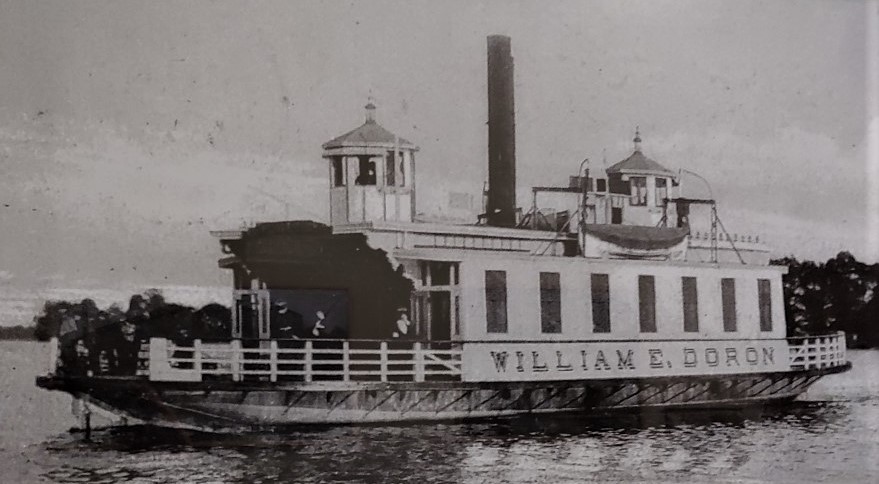Bucks County history inspires recollections from local readers.
The fun of digging into history is discovering something unusual. I thank Mrs. Lund for that inspiration. She taught English at my El Capitan High School in Merced, Calif., and urged creativity. One assignment was to find something historical about our town and write about it. Danny Morris and I teamed up, went to the local library and discovered newspaper clippings of a political scandal that rocked Merced in the early 20th century. We projected ourselves as detectives communicating with each other by letters, each of us taking turns revealing elements of the scandal like peeling an onion to its core. We submitted our narrative in letters to tell the story. Mrs. Lund was astounded.
Mrs. Lund’s encouragement put me on the trail to a career in journalism. Since then, I’ve enjoyed prowling history’s nooks and crannies. Same for my readership.
“Big Rock”
Gretchen Schroeder had fond memories of an historic monument I recently wrote about in “First Deed” published on May 4. “I grew up in the Graystones neighborhood on Buckingham Way in Lower Makefield. My grandfather built the house and I lived there from 1953 until 1976. To all the children in the neighborhood Graystones was known as BIG ROCK. Oh and did we climb that rock, slide down the crevice on the right, and hold picnics.

“We buried treasure and many of us had our first smoke there. Mothers were frantic we would fall but as far as I know no one did. From Big Rock we would walk over to the shopping center and get a cherry Coke for 11 cents. Sometimes we walked the tow path home to Ferry Road or up Pennsylvania Avenue / Yardley Road to Edgehill Gardens, the name of our development. Those were the days.
“The reason for the name”
After reading “The Wonder of Place Names” published on April 27, Judith Krane thought of her discovery across the Delaware River from Bucks in the Pine Barrens east of Willingboro, N.J.
“Years ago when we drove from Hamilton Township, N.J. to a campground by Stockton College, we went through a wide spot in the road called Ongs Hat. I heard several versions of the reason for the name, each one more odd than the last. I have often wondered why roads and towns are named as they are. I really enjoy your column and save quite a few of them that have particular interest to us. Thank you.”
Intrigued I looked up Ongs Hat. The anomaly is located on Ongs Hat Road. There are lots of stories about what it is and how it got its name. Here’s my favorite: A young man descended from the Jacob Ong family frequented local dances in the early 1800s. His fancy clothes, distinctive silk hat and dazzling dance steps made him popular with the ladies. He flirted openly with his many dance partners. One became angry, grabbed his hat and stomped on it. Ong ran out the door and threw the flattened hat high into a pine tree where it remained. A village grew up around the hat. The tree became a landmark in locating Ong’s Hat village. As local industry faded away, so did the settlement. Today only piles of rubble, overgrown foundations and a tree with a carving remain – “Ong’s Hat 1830″.
“Quarantine signs on our house”
My account of the 1918 Spanish Flu pandemic in “Isolation Deja Vu” published on April 6 reminded Joe Meditz of being isolated in the 1940s due to a different illness:

“I would first like to begin by saying that I look forward to your articles every Monday. There is so much history that I as an old timer did not know about. Back when I was a young fellow about 8 or 10 years old, I contracted Scarlet Fever in the late 1940s. I don’t know how I got it or who determined I had it but I do remember being picked up at our house in a blue paddy wagon and taken to a hospital on Luzerene Street in Philadelphia. We lived in the Port Richmond section. Later on as I got older my parents told me I spent 30 days in the hospital. They also showed me quarantine signs that had been placed on the front and back doors of our house. No one was allowed to come or go for 30 days. Fortunately my father was working at the time so he lived with his father who lived in the house directly in back of ours for the duration.”
Footnote
Historian Harold Mitchener clarifies “Bridge Over Troubled Waters” published on May18, noting it was England’s Queen Anne who awarded a charter in 1681 for the first Bristol-Burlington ferry boat service to Samuel Clift, not the Doran family. The Dorans took charge years later.
At the same time he started the ferry service, Clift built and opened the Ferry House hotel near the wharf in Bristol. That hotel has operated ever since and is today’s expanded King George II Inn. Offering fine dining with a river view, the restaurant is believed to be the oldest continuously operated inn in the U.S. Samuel Clift Drive exists behind the inn.
Sources include “Weird N.J.: Your Travel Guide to New Jersey’s Local Legends and Best Kept Secrets”, semi-annual magazine available at www.weirdnj.com


